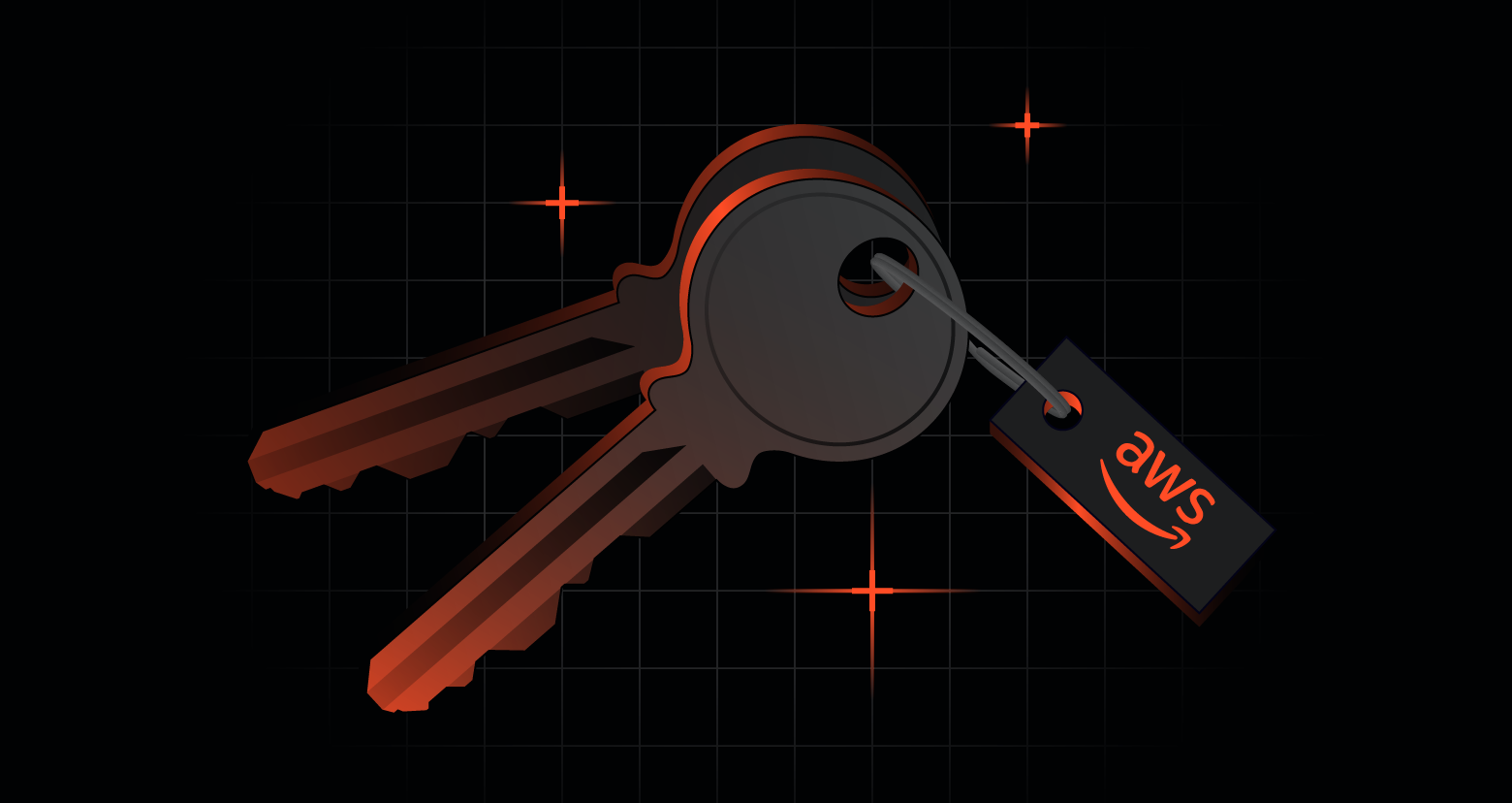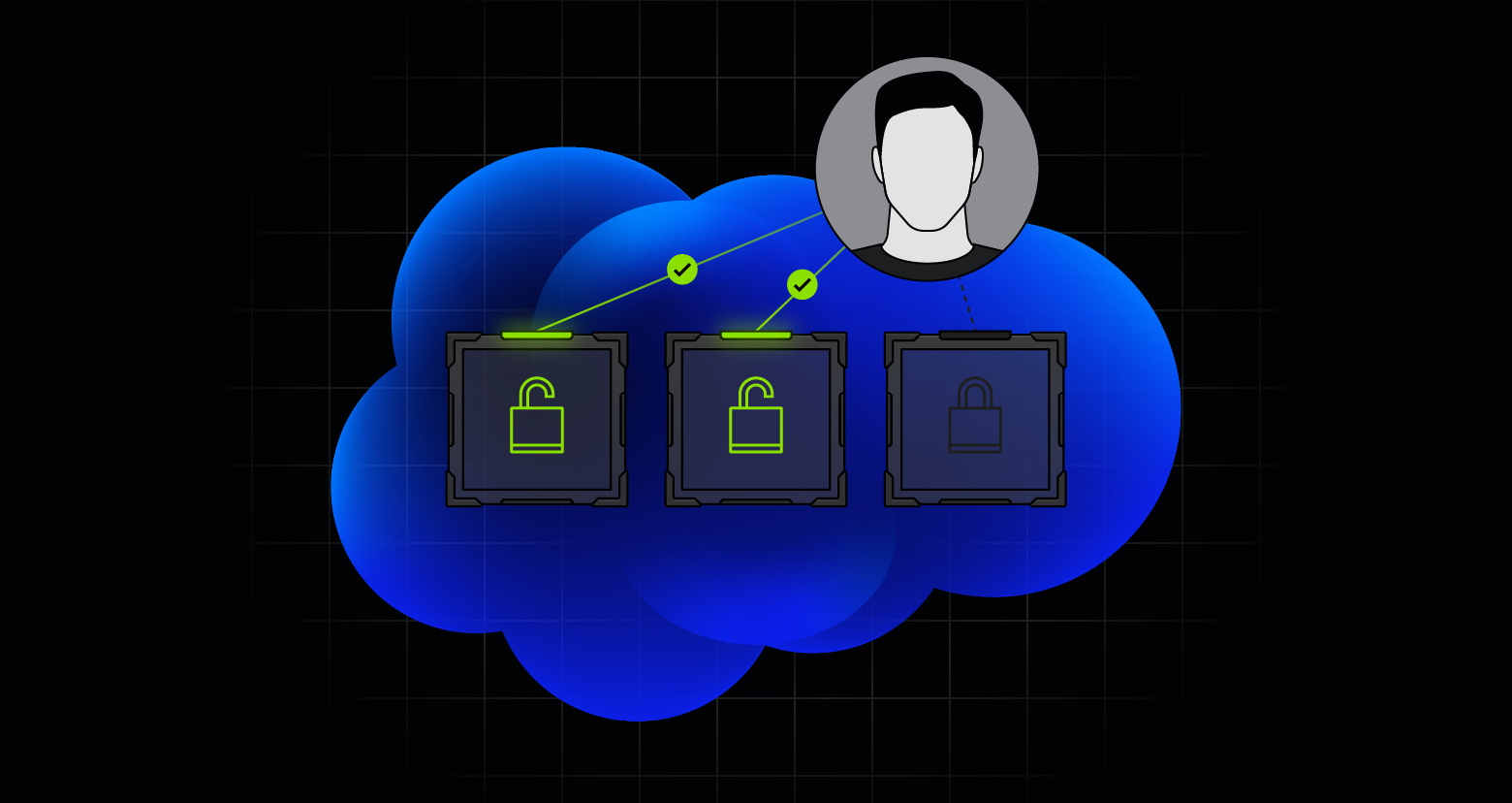These few common challenges leave organizations vulnerable to significant risks and cyber threats. In fact, the average cost of a data breach reached an all-time high of $4.88 million in 2024. This staggering figure underscores the financial impact of inadequate cloud security measures. Beyond the immediate financial losses, organizations also face long-term repercussions such as reputational damage, loss of customer trust, and potential regulatory fines.
Let's dive into these issues and explore how they impact organizations, potentially exposing them to data breaches and other security incidents.
Three common cloud security issues
Lack of ownership
One of the biggest hurdles in cloud security is the constant change within organizations. With frequent shifts and reorganizations, it's hard to pinpoint who is responsible for what.
Imagine a reorganization affects 6,000 developers. Suddenly, critical cloud security tasks are left hanging, and no one knows who should take charge. This lack of clear ownership can lead to delays in addressing security issues, increasing the risk of breaches. Without a designated owner, accountability is lost, and security measures may fall through the cracks.
62% of cloud security incidents originate from vulnerabilities that security teams had already identified but failed to remediate. This often happens because there is no clear ownership, or the remediation process is too complex.
Inadequate training
Another significant challenge is inadequate training. Kubernetes is a game-changer for AI projects in the cloud, but it's not always covered well by Cloud Security Posture Management (CSPM) tools.
When companies merge or acquire new teams, those teams might not be up to speed on cloud or Kubernetes security. Being an expert in one cloud platform doesn't mean you're an expert in another, which can leave gaps in your security strategy.This skill gap can result in misconfigurations and overlooked vulnerabilities. Continuous training and upskilling are essential to keep pace with evolving cloud technologies and security practices.
For example, in 2024, a large telecommunications company had a significant data breach due to a misconfigured Identity and Access Management (IAM) system. The breach exposed the call records of nearly all its wireless customers, highlighting the importance of proper training and configuration.
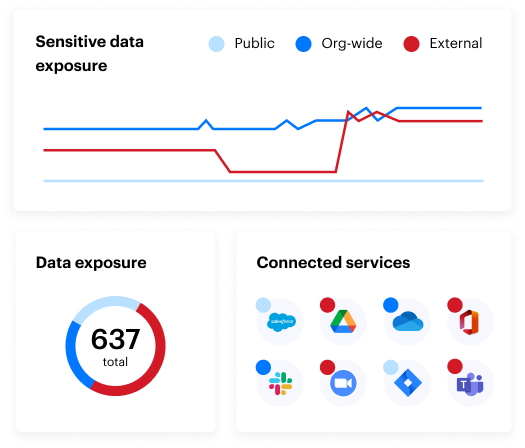
Fragmented visibility
Fragmented visibility is also a major issue. Many enterprises operate in a mix of multi-cloud and hybrid cloud environments, making it challenging for security teams to get a complete picture. This is especially true when different teams use products that don't collaborate with each other.
Without unified visibility, it's challenging to identify and respond to threats quickly. Siloed security tools can lead to inconsistent security policies and gaps in coverage. Achieving comprehensive visibility across all cloud environments is crucial for effective threat detection and response.
The average organization deploys anywhere from 41 to 60 different security tools across multiple vendors. This tool sprawl creates challenges for security operations teams, making it difficult to correlate and respond to threats efficiently.
Building a cloud security program from the ground up
Building a solid cloud security program involves tackling these challenges. There’s no one-size-fits-all approach to cloud security, but for those looking to form a solid program foundation, we've laid out a blueprint below to help guide you through the steps and get you off to a strong start.
-
Take an org-wide cloud app inventory:
There are a few ways to determine the sanctioned applications your team uses. One straightforward approach is to sit down with the finance team. They can review cloud vendor contracts, purchase orders, and other documents to identify the SaaS or IaaS offerings your company has formal relationships with.
To identify unsanctioned applications, you'll need to take a different approach. This involves some detective work with your network traffic team. Asking questions like, "What are the top 20 destinations for our company's network traffic daily?" can reveal both Bob in accounting's Netflix habit and his public GitHub repository.
-
Perform a risk assessment:
Once you've identified the cloud applications and services your company uses, the next step is to measure the overall risk of working with these various cloud providers. You want to answer the question, "What would be the business impact of a potential data breach?"
Ranking each app on a scale of high, medium, or low is an effective way to determine the risk rating of each app — which ones would be the most damaging in the wrong hands. For example, Salesforce, a popular CRM app, houses sensitive information, regulated data, business-critical information, and deal room data. This would certainly warrant a "high" rating.
On the other hand, an application used to publish social media posts isn't as critical as an app that stores personally identifiable information, such as social security numbers or dates of birth. Those types of apps can be ranked as "medium" or even "low."
-
Determine your security posture:
After you've established an inventory of your cloud apps and assessed the overall risk, you'll want to perform a security posture review of each application. By working with each app's "owner" or admin in the company, you can get a better idea of each app's settings, configurations, and the strength of your current security posture.
From there, you can perform a more in-depth analysis, asking yourself questions like, "Is this the security posture I want? Should I be making changes to these settings?" or even, "Is there over-permissioned access to data and resources at our company?"
-
Automate, automate, automate:
Now that you've built out your inventory, completed your risk rating, and are trying to determine what to tackle first or where to focus your team's efforts, you'll quickly learn the importance of using automation. The steps you've completed thus far are not a set-it-and-forget-it model; your work will be all for naught without continuous monitoring and updating.
However, constantly maintaining these cloud apps would require an entire team of people to support the efforts of inventorying, assessing risk, and controlling security posture in your SaaS applications. That's why automating these tasks is key to protecting the data within these cloud apps without overburdening your security team.
-
Remember Compliance:
Don't forget about compliance. By performing the tasks above, you'll achieve a solid cloud security program that will give you a leg up when it comes to internal and external audits. You'll be able to show compliance with regulations that require you to have a deep understanding of both the inventory of the data you have as well as the risk and security posture that exists in your cloud technology stack.
As you build your cloud security program from scratch, you'll begin to see the need for continuous monitoring and detection. By embracing automation, you'll be equipped to keep tabs on third-party application risks, prepare for compliance audits, and stay ahead of security risks across the cloud.

Secure your cloud environments with Varonis
Cloud security is complex, but with the right tools and strategies, you can overcome these challenges. Knowing where your sensitive data exists, who can access it, and what users are doing with it are all critical questions that need answers to protect it from cyberattacks. Varonis uniquely combines these key security aspects in one unified solution.
Our unified Data Security Platform installs in just minutes and protects your sensitive data wherever it lives, including cloud, SaaS, and data centers. At Varonis, we’re on a mission to deliver automated security outcomes with a holistic approach to data security.
Are you curious to see what risks may exist in your environment? Get a free Data Risk Assessment. It takes minutes to set up and delivers immediate value. In less than 24 hours, you’ll have a clear, risk-based view of the data that matters most and a clear path to automated data security.
What should I do now?
Below are three ways you can continue your journey to reduce data risk at your company:
Schedule a demo with us to see Varonis in action. We'll personalize the session to your org's data security needs and answer any questions.
See a sample of our Data Risk Assessment and learn the risks that could be lingering in your environment. Varonis' DRA is completely free and offers a clear path to automated remediation.
Follow us on LinkedIn, YouTube, and X (Twitter) for bite-sized insights on all things data security, including DSPM, threat detection, AI security, and more.

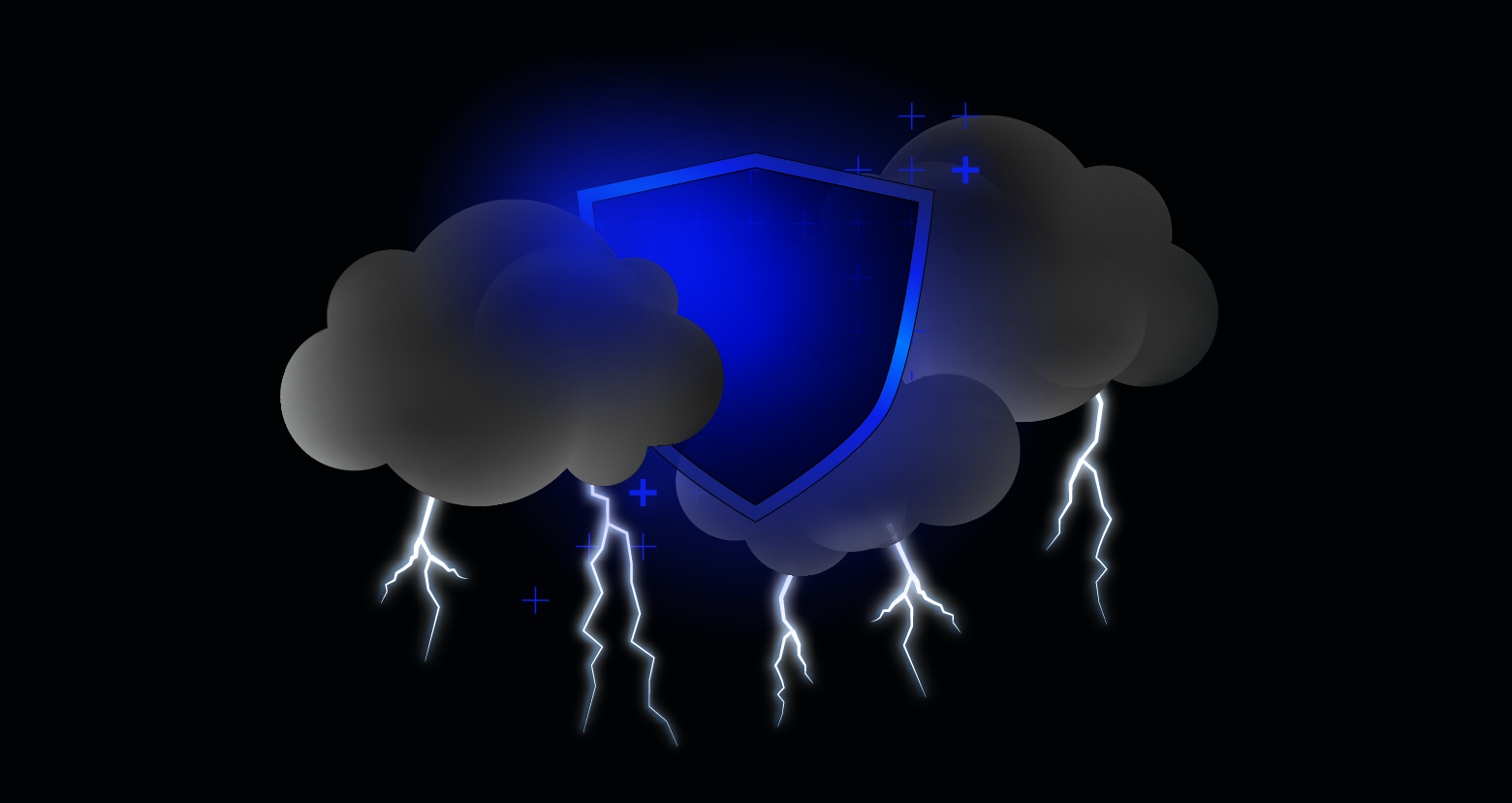


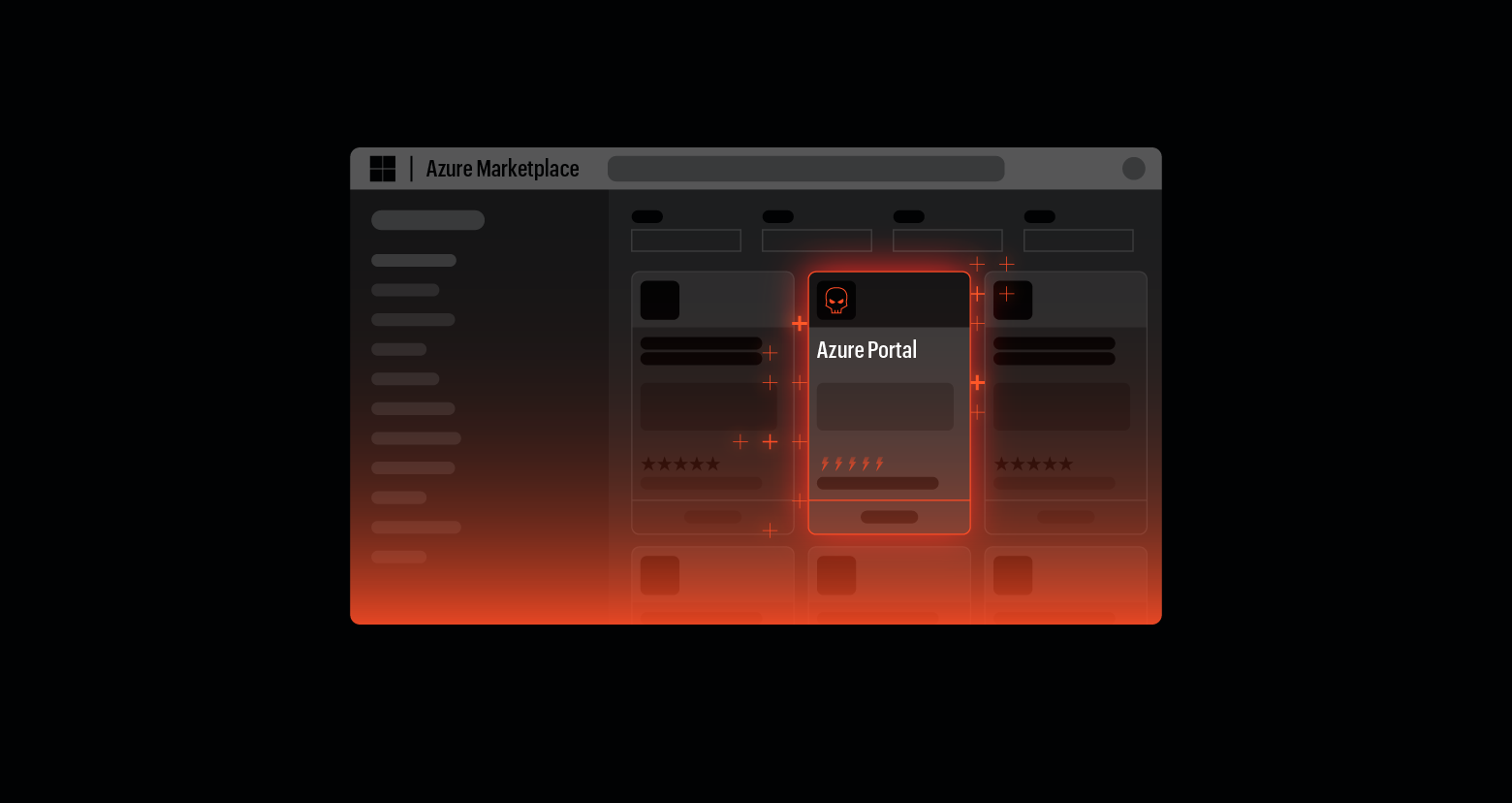
.png)
